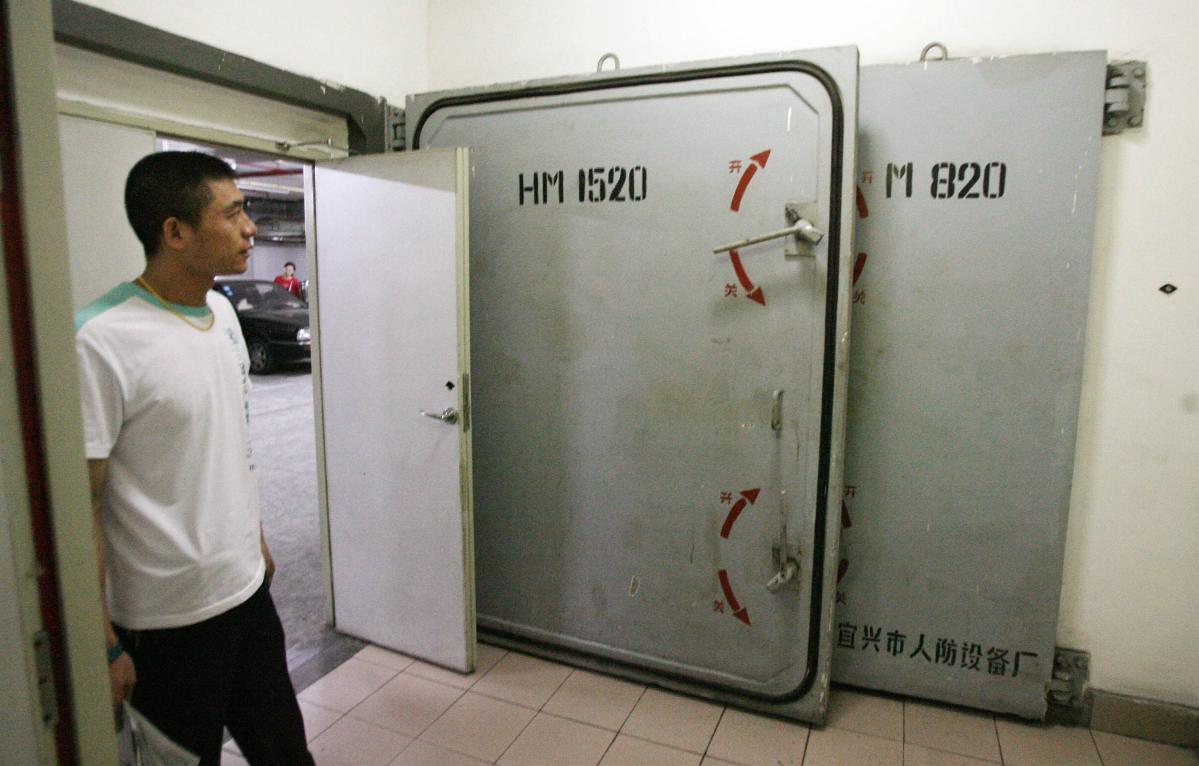During the late ’60s and ’70s, during the height of the Cold War, Chairman Mao Zedong directed Chinese cities to construct apartments with bomb shelters that would protect citizens from a nuclear attack. But then in the early ’80s, when China opened its doors to the broader world, the country’s military leased the shelters to private landlords in order to profit from converting the erstwhile fallout hideaways into little residential units. Now, about a million people, mainly migrant workers and students from rural areas, head into this underground universe every night. The bunkers are spread out across many part of the country, but gaining access is difficult. Italian photographer Antonio Faccilongo went to photograph the bunkers in December 2015, but found guards that keep turning him away, citing a law barring foreigners from entering the nuclear refuges. He eventually slipped in while a guard was at lunch, but he found that residents were wary of his interest as well.
“I met around 150 people, and only 50 gave me permissions [to photograph them],” Faccilongo said, according to National Geographic. “Some of them are afraid because they told their families [back home] that they have good jobs and are living in good apartments.”
The living conditions in the bunkers are spartan. The apartments come furnished with electricity, plumbing and a sewage system, but the lack of proper ventilation makes the environment stagnant and moldy. And residents are forced to share small kitchens and restrooms that are often unsanitary.
Thanks for reading InsideHook. Sign up for our daily newsletter and be in the know.


















